Nate Hester, Artist
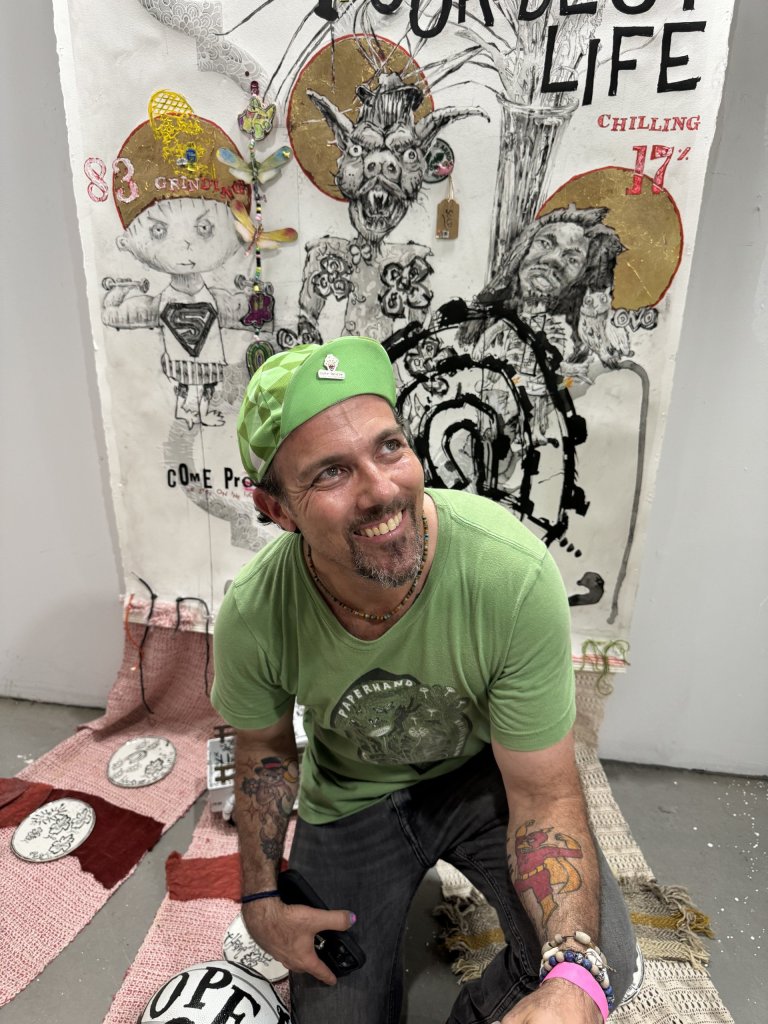

Nate Hester finds inspiration in everything. His installation at Satellite Art Fair was a colorful homage to familiar 80’s cartoon characters, an examination of gender inequity in the workforce, and a reflection on his own identity as an artist and person.
Hi, I’m Leyla. Will you introduce yourself?
Hi, Leyla. I’m Nate.
Will you talk a little bit about your installation?
Yeah, sure. So, Satellite Art Fair is amazing. Do you know anything about Satellite? Brian Whiteley has been orbiting—this is why it’s called Satellite—the major art fairs around the world. So, when Frieze pops up in Los Angeles, or when Basel’s in Miami, he finds a squat space like this down in Williamsburg on 67 for all of us outsider experimental artists who don’t have affiliations with gallery spaces. I met him down in Miami. We had a blast. He invited me to do a show, so there was a solo show up at Broome Street, and my work is mostly about a few things.
First, we all belong to each other. Hence, trying to make symphony out of cacophony, right? Like things that otherwise might not fit together, I make them fit together. The second is that we’re all sacred, hence the halos. The third is collage. I think we live in a mash-up, sampled, multi-layered universe, and also my life is a hot dumpster fire mess. The beauty for me is putting the pieces back together. Then the last piece is play. When you’re a white male of privilege and you care about power dynamics and want the world to be different, one of the ways to invite people to get rid of their power—to release it—is to invite them to play, to an imaginary space. That’s really what this is. This is a space to cavort, to delight, a space to not forget about pain but let it out in a safe and joyous way. This installation, in particular, is about a love affair with a woman who works too hard and the gender inequities in the workforce.
I like that idea of play. That can get lost in the formality of the art world.
I don’t want to be naive about this. The Holocaust happened. There are horrors right now in Gaza, in Ukraine, in our American prison system. I don’t want to ignore that. I don’t want to escape from that. But I do agree that sometimes the art world can be too heavy-handed and serious. And that’s not my lane.
It’s interesting you say that you don’t want to escape from that. What do you think is the alternative to escapism in your art?
So, I heard we’re not supposed to reference him anymore, right? But Kehinde Wiley said, “What’s art for?” and he said, “Dance in the face of doom.” Now, I’m aware that means a different thing for a black man in America than it does for a white man. But, we’re all facing death, we’re all facing certain systems of injustice. And, I do think that’s my space—to dance in the face of doom. Not to ignore it, but to acknowledge it and still invite people into a safe, imaginative, explorative space.
That’s beautiful.
So, this is Strawberry Unicorn, and this is why I’m pretty sketchy. I’m not pretty, but the things I make are. And I’m not sketchy, but I do sketch. But a strawberry unicorn is kind of this invitation, right?
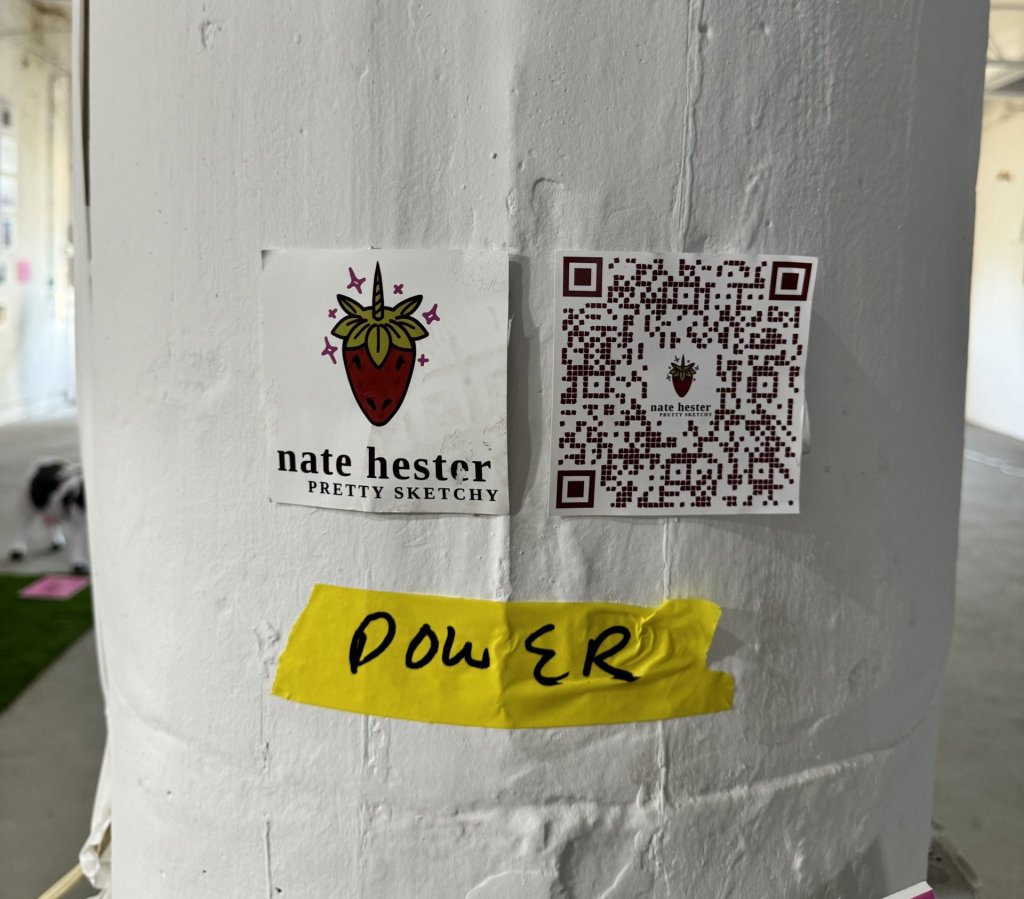
Will you talk a little bit about your process? You said that you’re using found materials?
Sure. When my 17-year marriage ended, I loved cooking. I was always a good cook, but I realized I loved recipes because you can follow this and follow that and it wouldn’t go to shit. It would actually turn out delicious. You’d invite your friends over, have a little spliff, and things would be lovely. The sun would set, and you’d have a rooftop view. So, these don’t have a recipe or a formula, but they do kind of have ingredients. Mostly, they’re made with Sumi ink, which is Japanese calligraphy ink. I’m very interested in touch—sensual touch, scary touch, liberating touch. I also thinned the Japanese calligraphy ink to be like watercolor, so that’s all the thin washes. It’s with vine charcoal and Sumi ink as the base. I love that for a few reasons. One, it’s democratic. That means anybody can do it. It’s like Pelé with a pig bladder, becoming the world’s greatest soccer player in the favelas of Brazil. You don’t have to have all the football equipment or the lacrosse gear. You can be poor as shit and still do it, and you can be poor as shit and still make this thing. The other thing is that it’s shamanistic, it’s ritualistic. I’m trying to evoke something deep from within my personal life that might have a collective resonance. And that’s like fishing, throwing something beyond what we can see and pulling it out from underwater. I think of these as shamanistic, and that’s why I like working with elements. Basically, Sumi ink and charcoal are the same thing. They’re compressed earth. That’s a dead dinosaur right there. You’re looking at a dead dinosaur, and then all these are—I’m a little raven, a little crow. I dig around everywhere—these are flea market finds. This is fulgurite. I don’t know if you know what that is, but it’s when lightning strikes sand and it makes a little Henry Moore sculpture. Isn’t that dope? It’s all the stuff I find around. There are other elements that are always here that make up that kind of ingredient list, if not recipe. So, they always have these icons, these symbols. There’s an umbrella, there’s a rainbow, there’s a bird that won’t fly, there’s a ghost, there’s a sad girl, there’s a lightning bolt, there’s an airplane. They all say “I love you” in a language I don’t speak. So in this one, it says it in Navajo up there in blue. They all have a journal entry that’s either a personal story from me or from the headlines. Then they all have a little saying from pop culture, and they all have cut flowers. And then they either have a human that I love, a human that I made up, or a toy figurine that I drew. Like, you all see that? That’s her. This one is Hamburglar’s girlfriend from the early 80s.
That drawing is amazing.
And sometimes there are these exquisite corpses. I don’t know if you know those. Have you ever done one of those where you fold it in thirds and someone does the head, and then someone does the stomach? That’s how we got Stewie with a Superman body.
Do you think that making your art helps you process the world? Or do you think it’s more about leaving it?
Uh, yeah. So, yeah, I’m interested in that question. Like, is it escapism or is it diving deeper? Is it therapy? Is it catharsis? Is it a bloodletting? Sometimes it feels like I’m just lancing myself and letting stuff bleed out.
I think a lot of this does look cathartic and spontaneous in a really beautiful way.
Right. And so, I think I told you, this installation in particular is about my life and love with one woman. Meet Ashley. I’m a seven dating a ten. She’s super beautiful. And if you go to my show over on Broome Street, you’ll see Ashley again on one of these sheets. So, here’s Ashley, and here I am. 83% of the time, I’m Stewie—I’m grinding. I’m working hard at my job. I’m working hard in the world. I’m trying to spread empathy and goodwill. I’m a hard worker, always on my hustle. 17% of the time, I’m on the couch with a spliff, and I’m Marley with OVO, with Drake’s little owl. And I’m chilling. You can’t get me off this couch. She, on the other hand—I don’t know if you can read it—it says “All day, every day” in green and it says “100% stressin’.” And then underneath it, it says, “That ain’t it.” She’s an OBGYN. She’s committed in her hometown of Danville, Virginia, which was the last capital of the Confederacy, that no more black and brown babies or mothers would die in the reproductive cycle. That’s a great life mission. But she’s retraumatized from her own childhood there in systems of abuse all the time, in the process of trying to heal it. And then I can walk into a boardroom meeting and just be nine minutes late and be like, “Fantasy football” and take my seat. I don’t have to say “sorry” or “excuse me,” or make up an excuse that my mom just died. Like, she’s got to be there five minutes early with the right lipstick on, with the right posture, and she still has to say “sorry” before she talks. This stuff has to change. Like, it’s not cool. And then she gets paid 30% less than a male physician. Those things have impacts. So in some ways, this is a little bit of an exploration of the challenges of domesticity when patriarchy, colonialism, white male privilege, and advanced market capitalism are built to help me, and it hurts me in domesticity. Like, why is the divorce rate so high? So, yeah, I’m processing all these thoughts while I’m just goofing off. Here, this is Covid. This is a cage match fight for a Barbie seashell. There’s Papa Smurf and Donald Duck, and they’re all competing for the beauty queen.
That’s awesome. Thank you. Do you have anything else you want to share? Any parting words?
Thank you. Gratitude. Thank you for being you. Thank you for chatting with me. Thank you for coming to the show. Gratitude on gratitude.
thenatehesterstudio.com
@nate_is_pretty_sketchy


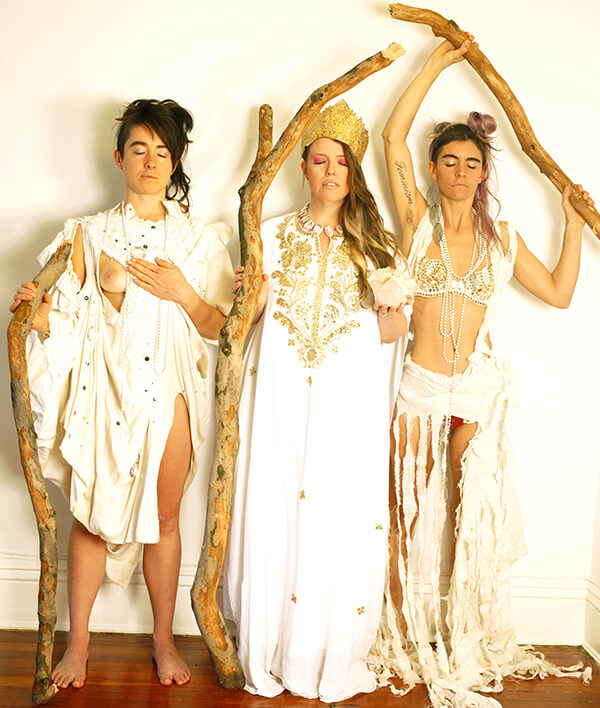

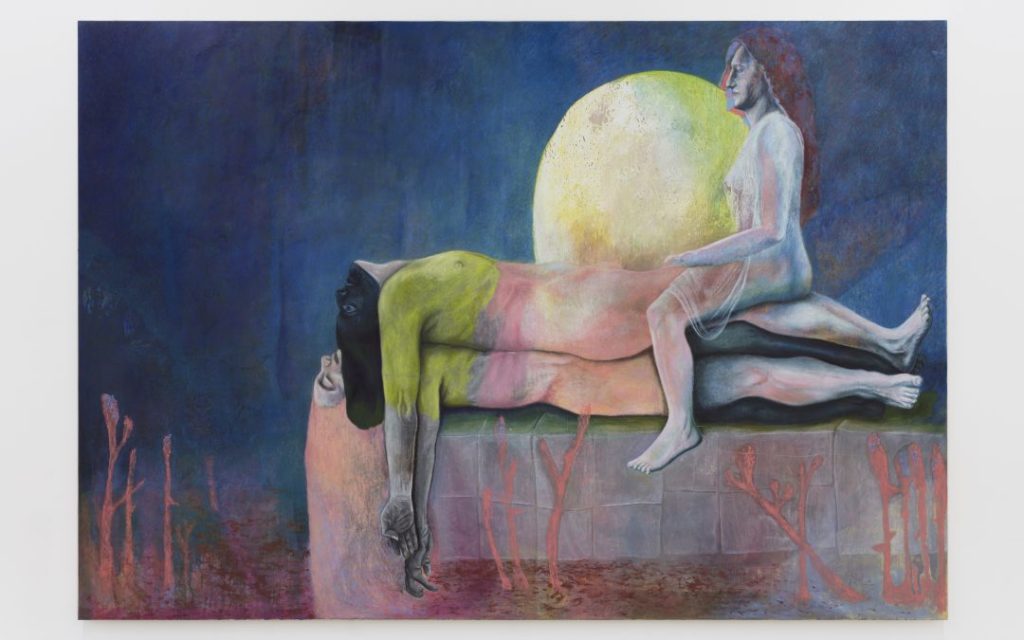

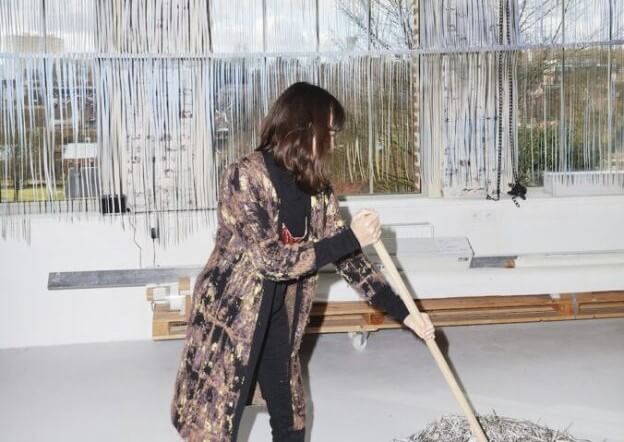
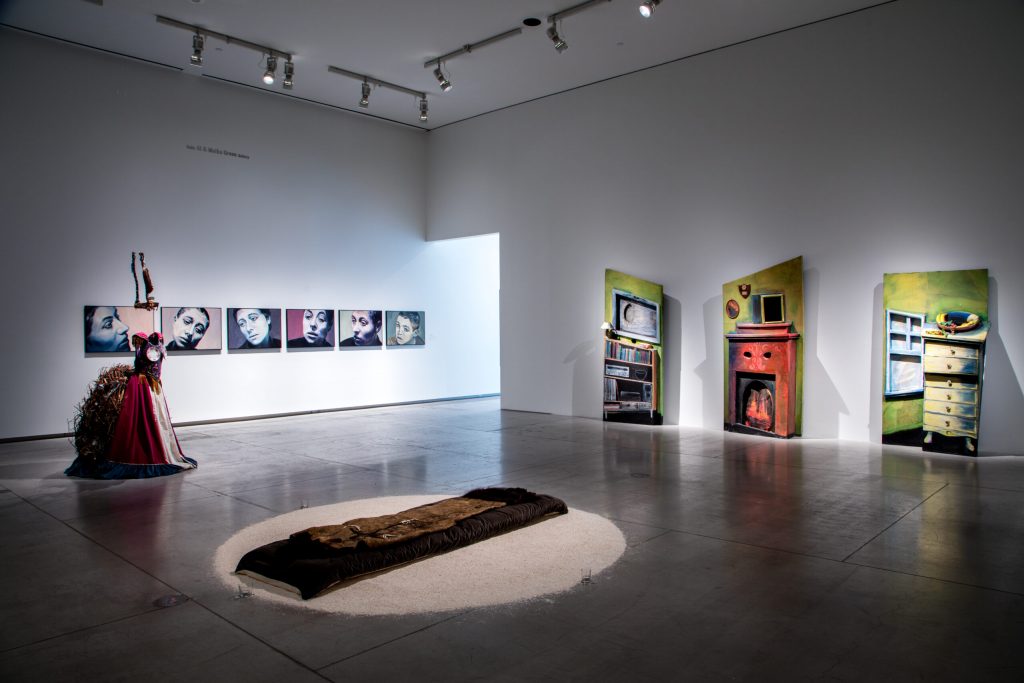

Responses